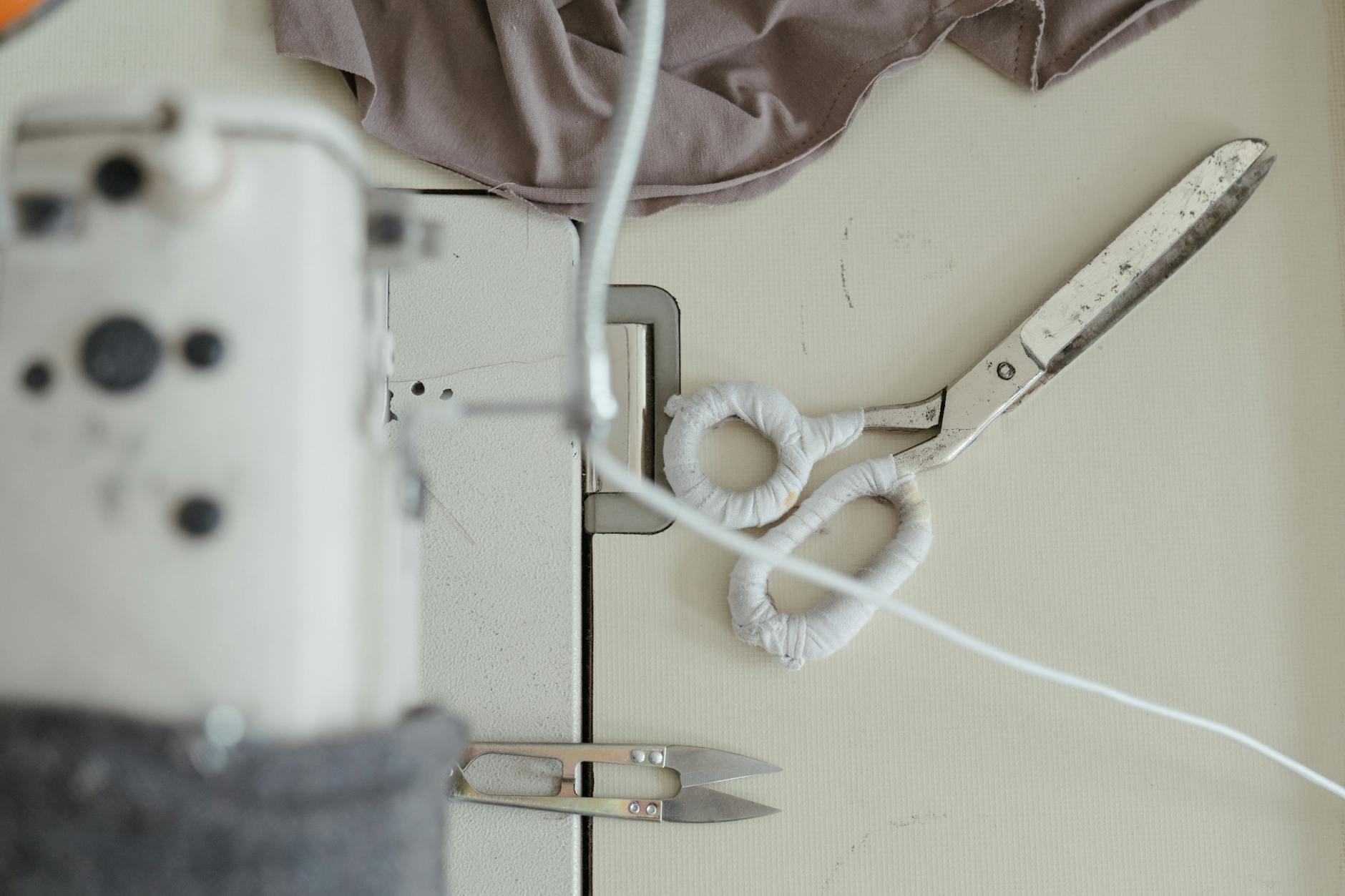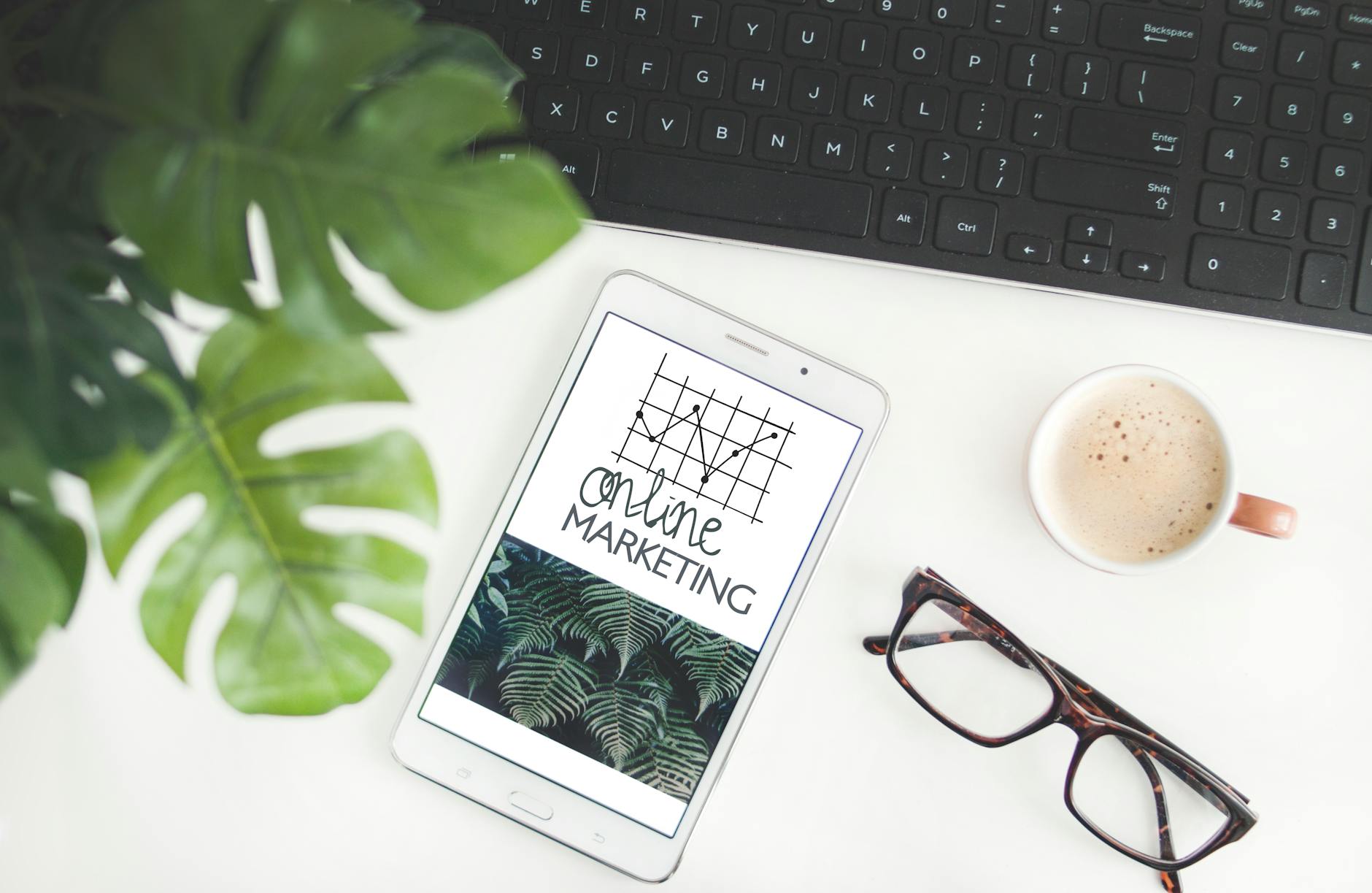How to Transform Music Education in Australia with Innovative Technologies

Embracing Digital Tools
Integrating technology into music education has truly revolutionised my teaching approach. One tool that stands out is the use of monitors for video conferencing. This has enabled me to connect my students with educators from different parts of the world, bringing a lively exchange of ideas right into our classroom.
My experience at the music festivals in Elder Park inspired me to consider how students could benefit from such interactive sessions. The introduction of an induction loop in my classroom has been pivotal, especially for hearing-impaired students, by providing them with a more inclusive and accessible learning environment.
The application of a home entertainment system can also enhance the auditory experience, offering crystal-clear sound during music lessons. This system has been essential for fostering an immersive learning experience, allowing students to truly appreciate the nuances of sound and rhythm.
Here are some practical benefits I've discovered through these digital tools:
- Enhanced audio: Provides clear sound crucial for understanding musical nuances.
- Inclusive learning: Ensures everyone, including those with hearing impairments, can participate fully.
- Global connectivity: Facilitates learning from and collaborating with musicians globally.
Integrating these elements not only enriches the learning experience but also prepares students for a modern approach to music. This blend of innovation and education allows for continuous exploration and creativity, keeping the spirit of music education alive and vibrant.
Enhancing Classroom Experiences
Augmented Reality Music Lessons
Integrating augmented reality (AR) into music education can create immersive learning experiences. I experimented with AR during several cultural workshops at the Adelaide Festival Centre. These sessions encouraged students to explore rhythm and melody by virtually interacting with different instruments. This method not only gamifies learning but also bridges the gap between theoretical knowledge and practical application, fostering deeper engagement.
Interactive Digital Whiteboards
The use of interactive digital whiteboards has transformed my teaching approach. With these tools, I can illustrate complex musical theories or sheet music in vibrant, dynamic ways. It's like combining a traditional chalkboard with a touch screen computer. During group exercises, this technology facilitates real-time feedback, as students solve problems by directly manipulating images and text on the board.
Collaborative Student Projects
Incorporating paging systems facilitates smoother group projects, offering students a platform to collaborate without disrupting the flow of the classroom. These systems have been particularly useful during intense sessions where students work on creating music arrangements collectively. Furthermore, integrating musical equipment such as digital keyboards and recording devices enhances student creativity. They enjoy the thrill of composing their tracks, which replicates a real-world studio experience.
Each tech tool I implement aims to inspire students, nurture their talents, and prepare them for future musical pursuits. By integrating these innovations thoughtfully into the curriculum, I can offer engaging and enriching learning opportunities.
Personalized Learning
Adaptive Learning Technologies
Incorporating adaptive learning technologies in music education can truly transform the classroom experience. As I've seen in my own teaching journey, these tools adjust to the learner's pace, offering personalised feedback that can enhance both engagement and understanding. Consider the use of apps that tailor tasks based on a student's progress. I've observed similar setups during music events at Tandanya National Aboriginal Cultural Institute, where adaptive tools are utilised to help students explore complex musical concepts at their own speed.
Customizable Lesson Plans
Creating customizable lesson plans enhances the versatility of teaching music. By leveraging software that allows you to tailor lesson plans, educators can provide unique pathways for students to explore their interests, whether it involves guitars and basses or other instruments. In my experience, having such flexibility is crucial, especially when collaborating on cultural workshops at the Adelaide Festival Centre. It empowers educators to weave in diverse cultural elements and hands-on activities that resonate with students.
Feedback Tools for Growth
Providing timely and relevant feedback is key to students' growth in music. Tools that offer real-time feedback allow students to rectify mistakes as they learn. As I introduced in one of my classes, using mesh radios provided an innovative way for students to receive immediate audio feedback during performances. This interactive method not only enhanced their learning experience but also encouraged them to be more attentive and self-reflective about their performances.
Overcoming Challenges
Finding Suitable Resources
As music educators, we continually seek the best resources to enhance our teaching techniques. I've found that an antenna tracking system, though typically seen in broadcast settings, can surprisingly be adapted for music education. It offers a unique way to physically track instruments during a performance, delivering a more interactive experience for the students. At one Elder Park gathering, I observed a demonstration where technology similar to this was used to track performers on stage, creating a mixed-media experience that was both inspiring and captivating.
Securing Technology Grants
Securing funding for educational technology can be challenging. Having explored various avenues, I've noted that many organisations offer grants specifically geared towards integrating broadcast solutions into educational curriculums. Researching these options through educational podcasts or networks can unveil opportunities like government grants or educational foundations that support innovative teaching methods. In one instance, collaborating with other educators at the Adelaide Festival Centre led to a successful joint application for a grant to enhance classroom tech.
Training and Professional Development
Staying updated with the ever-evolving tech landscape requires constant learning and adaptation. Engaging in cultural workshops, such as those hosted at the Tandanya National Aboriginal Cultural Institute, can be an invaluable platform for acquiring new insights and engaging with fellow educators. These opportunities not only broaden your technological competence but also enrich your cultural perspective, which is vital in inspiring and connecting with your diverse student body.


